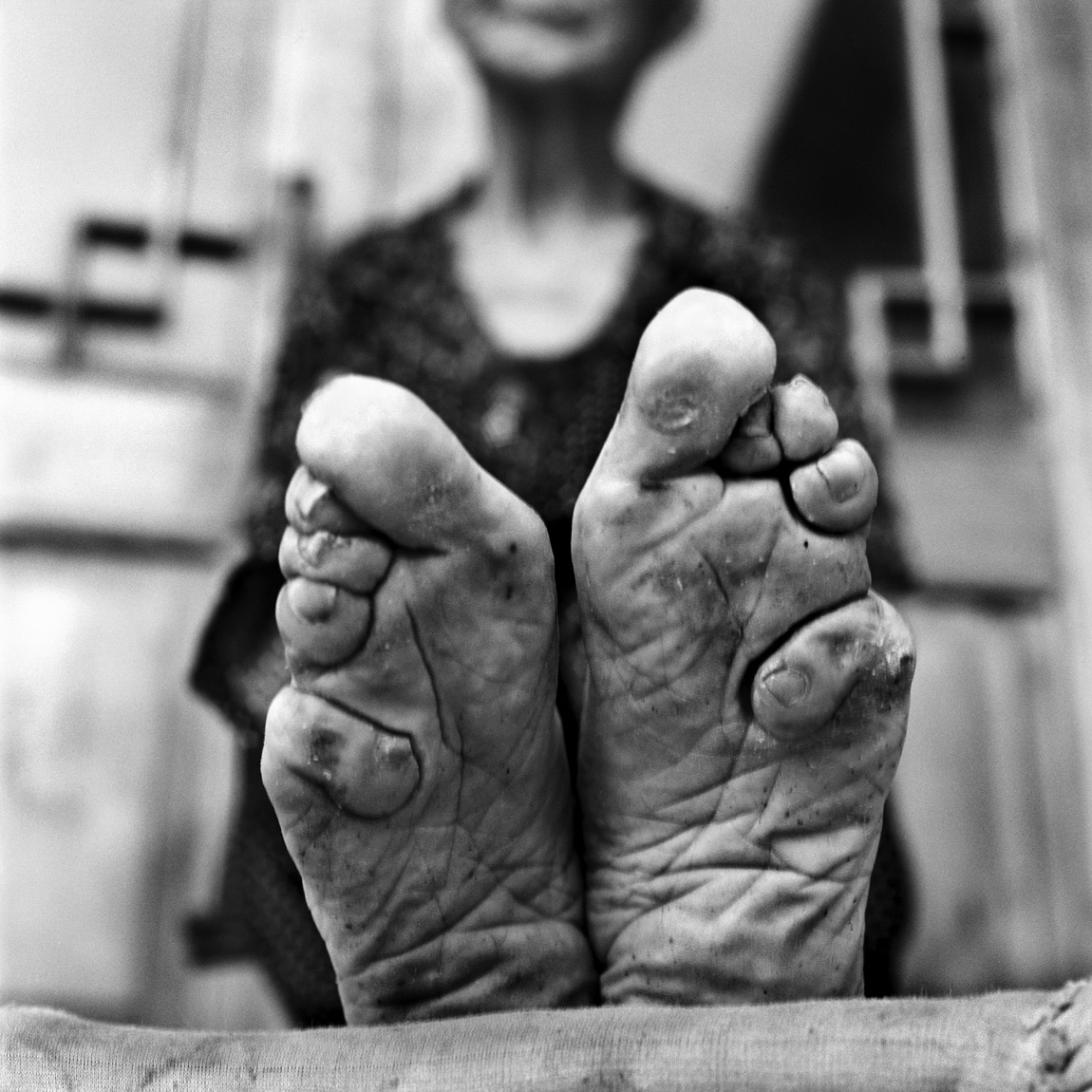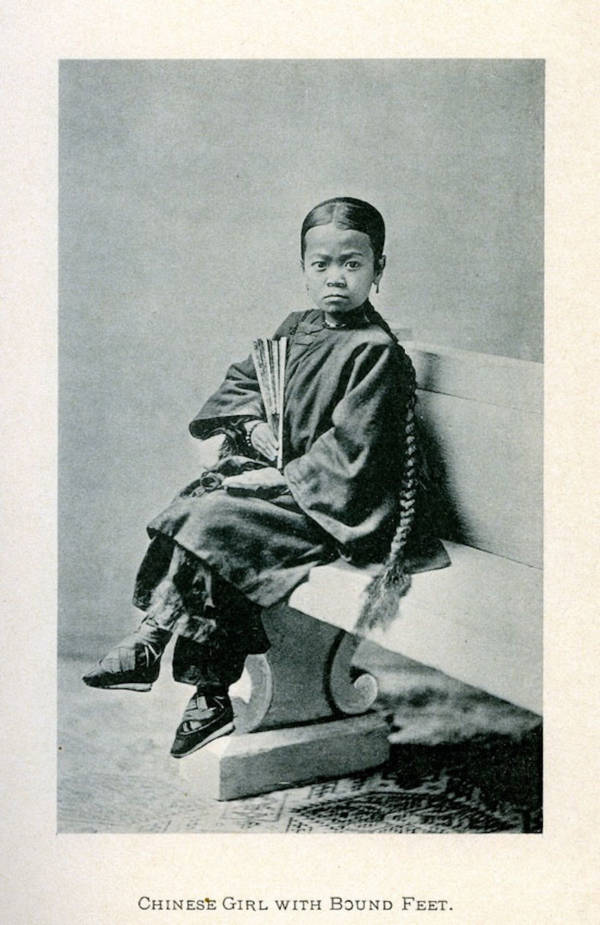Geisha Foot Binding: A Deep Dive Into History, Culture, And Misconceptions
Apr 20 2025
Have you ever wondered about the mysterious world of geisha foot binding? It's a topic that has sparked curiosity, fascination, and even controversy over the years. Geisha foot binding is not just about history—it’s a window into the cultural practices, traditions, and societal norms of Japan. Let me take you on a journey to uncover the truth behind this practice and separate fact from fiction. So buckle up, because we're diving deep!
When we talk about geisha foot binding, it’s important to understand that it’s often misunderstood. Many people confuse it with Chinese foot binding, but they are entirely different practices. While both involve modifying the feet, the motivations, techniques, and cultural significance are worlds apart. This article aims to shed light on the real story behind geisha foot binding and its role in Japanese culture.
In today’s world, where cultural sensitivity and historical awareness are crucial, it’s essential to approach topics like geisha foot binding with an open mind and a willingness to learn. Whether you’re a history buff, a culture enthusiast, or simply curious, this article will give you all the info you need to understand this intriguing aspect of Japanese tradition.
What Exactly is Geisha Foot Binding?
Let’s start by defining what geisha foot binding actually is. Unlike Chinese foot binding, which involved breaking bones to create unnaturally small feet, geisha foot binding was more about maintaining cleanliness, elegance, and practicality. Geisha traditionally wore wooden sandals called geta, and binding their feet helped them walk gracefully while keeping their feet clean and comfortable. It wasn’t about deformity; it was about functionality and aesthetics.
Here’s a quick rundown of what geisha foot binding entails:
- Wrapping the feet in clean cloths
- Ensuring proper fit for geta sandals
- Promoting graceful movement during performances
- Emphasizing hygiene and cleanliness
It’s important to note that geisha foot binding wasn’t forced or painful. Instead, it was a voluntary practice that geisha embraced as part of their training and profession. This sets it apart from other forms of foot binding that were often imposed on women for societal reasons.
Geisha Foot Binding vs. Chinese Foot Binding
Now that we’ve clarified what geisha foot binding is, let’s compare it to its more infamous counterpart: Chinese foot binding. While both practices involve altering the feet, the similarities end there. Chinese foot binding was a painful and disfiguring practice where young girls’ feet were bound tightly to prevent growth, resulting in tiny, misshapen feet. This was done to conform to beauty standards and signify wealth and status.
On the other hand, geisha foot binding was a gentle and practical approach focused on enhancing grace and maintaining cleanliness. The key differences are:
- Chinese foot binding caused permanent damage, while geisha foot binding did not.
- Chinese foot binding was mandatory, whereas geisha foot binding was voluntary.
- Chinese foot binding was about beauty and status, while geisha foot binding was about functionality and elegance.
The History of Geisha Foot Binding
To truly understand geisha foot binding, we need to look at its historical roots. The practice dates back to the Edo period in Japan, when geisha emerged as entertainers and artists. During this time, geisha were expected to embody grace, beauty, and refinement, and their appearance played a crucial role in their profession.
Foot binding was just one aspect of their grooming routine. Geisha would wrap their feet in clean cloths to protect them from dirt and moisture, especially when wearing geta. This not only kept their feet clean but also allowed them to move gracefully during performances. It became a symbol of professionalism and dedication to their craft.
The Cultural Significance of Geisha Foot Binding
Geisha foot binding wasn’t just a practical measure; it also carried cultural significance. In Japanese society, cleanliness and presentation were highly valued, and geisha foot binding reflected these ideals. By taking care of their feet, geisha demonstrated their commitment to their profession and their respect for their clients.
Moreover, geisha foot binding was tied to the concept of “ma,” which refers to the beauty of space and movement in Japanese culture. By walking gracefully in geta, geisha created a sense of elegance and poise that captivated their audiences. This attention to detail was a hallmark of geisha artistry and set them apart from other performers.
How Geisha Foot Binding Was Performed
So how exactly did geisha perform foot binding? The process was surprisingly simple and non-invasive. Here’s a step-by-step guide:
- Start by washing and drying the feet thoroughly.
- Wrap the feet in clean, soft cloths to protect them from dirt and moisture.
- Secure the cloths with delicate ties to ensure a snug fit.
- Slip into geta sandals, adjusting the fit for comfort and stability.
This method was designed to enhance the geisha’s ability to walk gracefully while maintaining hygiene. It wasn’t about creating pain or discomfort; it was about achieving balance and elegance.
Common Misconceptions About Geisha Foot Binding
There are several misconceptions about geisha foot binding that need to be addressed. One of the biggest myths is that it was a painful or harmful practice. In reality, geisha foot binding was gentle and practical, with no long-term effects on the feet. Another misconception is that all geisha practiced foot binding, but this wasn’t the case. Some geisha chose not to bind their feet at all, depending on their preferences and training.
Additionally, many people assume that geisha foot binding was a sign of oppression, but it was actually a reflection of their dedication to their craft. Geisha took pride in their appearance and skills, and foot binding was just one way they expressed this commitment.
The Role of Foot Binding in Geisha Performances
Foot binding played a crucial role in geisha performances, particularly in traditional dances and tea ceremonies. By binding their feet, geisha were able to walk gracefully in geta and execute intricate movements with ease. This added a layer of elegance and refinement to their performances, captivating their audiences and enhancing their artistry.
In tea ceremonies, for example, geisha would use their graceful movements to serve tea and engage with guests. Their carefully bound feet allowed them to move silently and smoothly, creating a serene and enchanting atmosphere. Similarly, in dance performances, geisha would use their bound feet to execute precise steps and gestures, bringing their art to life.
Modern Perspectives on Geisha Foot Binding
In today’s world, geisha foot binding is viewed through a different lens. While some see it as a fascinating cultural practice, others question its relevance in modern society. However, it’s important to remember that geisha foot binding was never about oppression or harm. Instead, it was a voluntary practice that geisha embraced as part of their profession.
Today, geisha foot binding is often discussed in the context of cultural preservation and education. By understanding its history and significance, we can appreciate the artistry and dedication of geisha and the rich cultural heritage they represent.
Data and Statistics: The Impact of Geisha Foot Binding
While there isn’t extensive data on geisha foot binding specifically, we can look at broader trends in Japanese cultural practices to gain insight. For example, studies show that traditional Japanese arts like tea ceremonies and dances continue to thrive, with thousands of practitioners worldwide. This suggests that geisha foot binding, as part of this cultural tradition, still holds relevance and value today.
According to a survey conducted by the Japan National Tourism Organization, over 80% of tourists who visit Japan express interest in geisha culture, including their traditional practices like foot binding. This highlights the enduring fascination with geisha and their unique traditions.
Expert Opinions on Geisha Foot Binding
Experts in Japanese history and culture have weighed in on geisha foot binding, offering valuable insights into its significance. Dr. Yuko Tanaka, a professor of Japanese studies, notes that geisha foot binding was “a practical and aesthetic choice that reflected the geisha’s dedication to their craft.” Similarly, historian Hiroshi Sato emphasizes that geisha foot binding was “never about harm or oppression, but about enhancing grace and elegance.”
Geisha Foot Binding in Popular Culture
Geisha foot binding has made its way into popular culture, appearing in movies, books, and documentaries. One of the most famous depictions is in the movie “Memoirs of a Geisha,” where the practice is shown in a respectful and accurate manner. This has helped raise awareness and understanding of geisha foot binding among a global audience.
However, it’s important to approach these portrayals with a critical eye. While they can provide valuable insights, they may not always capture the full complexity and nuance of geisha foot binding. That’s why it’s crucial to seek out reliable sources and expert opinions to gain a deeper understanding.
Conclusion: Embracing the Legacy of Geisha Foot Binding
In conclusion, geisha foot binding is a fascinating and misunderstood practice that deserves recognition and appreciation. By understanding its history, cultural significance, and practical applications, we can gain a deeper appreciation for the artistry and dedication of geisha. So the next time you hear about geisha foot binding, remember that it’s not just about feet—it’s about grace, elegance, and cultural heritage.
What are your thoughts on geisha foot binding? Let me know in the comments below! And if you enjoyed this article, don’t forget to share it with your friends and check out our other articles on Japanese culture and history. Together, let’s keep the conversation going and celebrate the beauty of diversity and tradition!
Table of Contents
Geisha Foot Binding: A Deep Dive Into History, Culture, and Misconceptions
What Exactly is Geisha Foot Binding?
Geisha Foot Binding vs. Chinese Foot Binding
The History of Geisha Foot Binding
The Cultural Significance of Geisha Foot Binding
How Geisha Foot Binding Was Performed
Common Misconceptions About Geisha Foot Binding
The Role of Foot Binding in Geisha Performances
Modern Perspectives on Geisha Foot Binding
Data and Statistics: The Impact of Geisha Foot Binding
Expert Opinions on Geisha Foot Binding
Geisha Foot Binding in Popular Culture
Conclusion: Embracing the Legacy of Geisha Foot Binding


